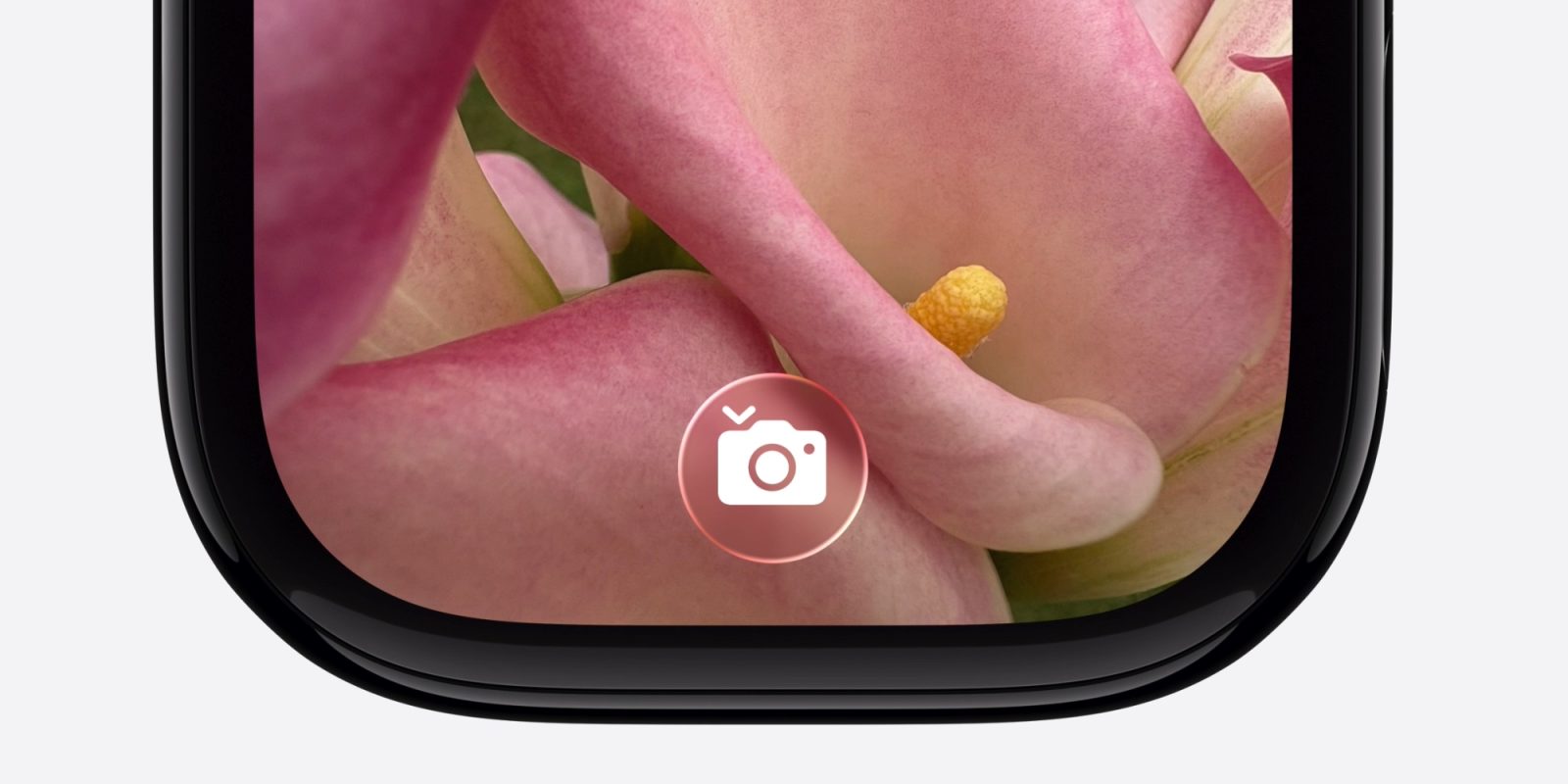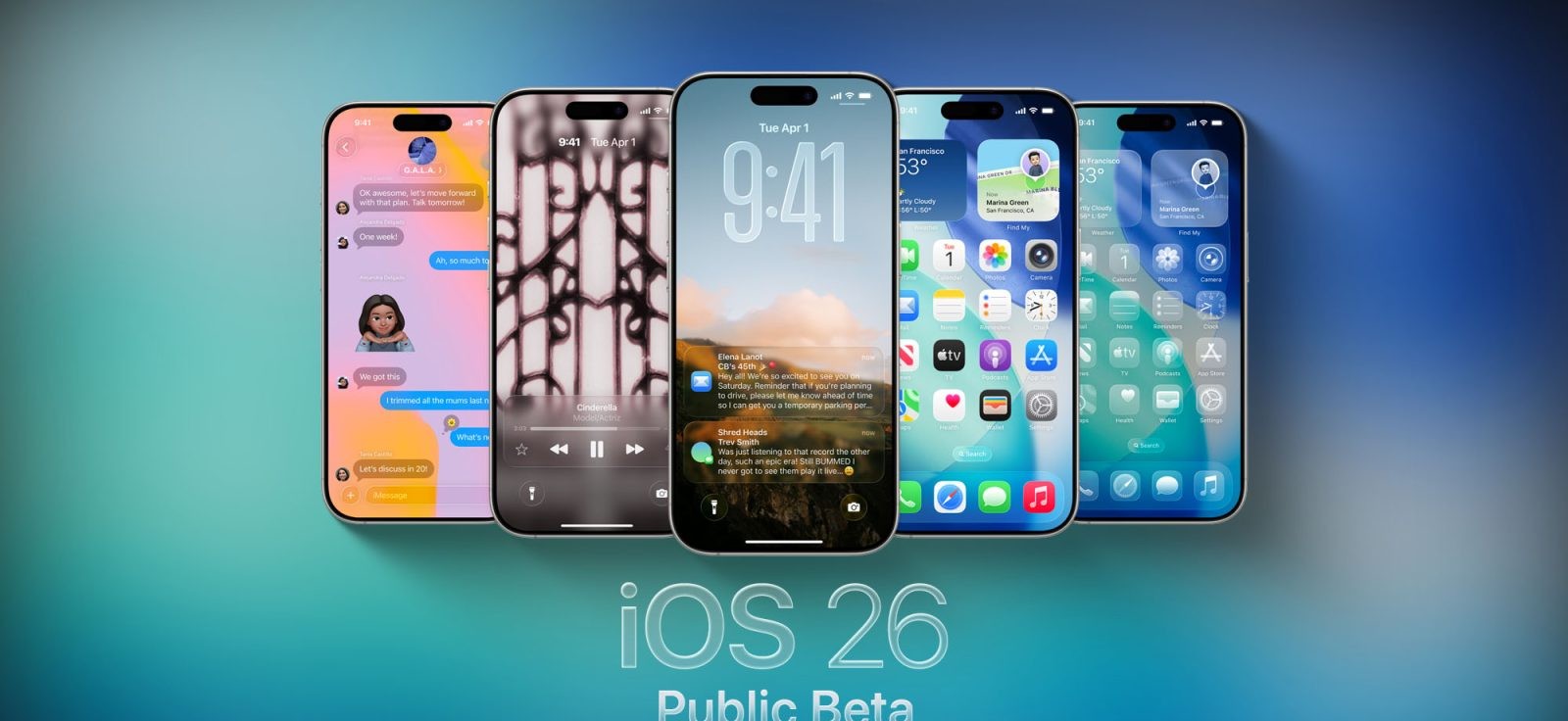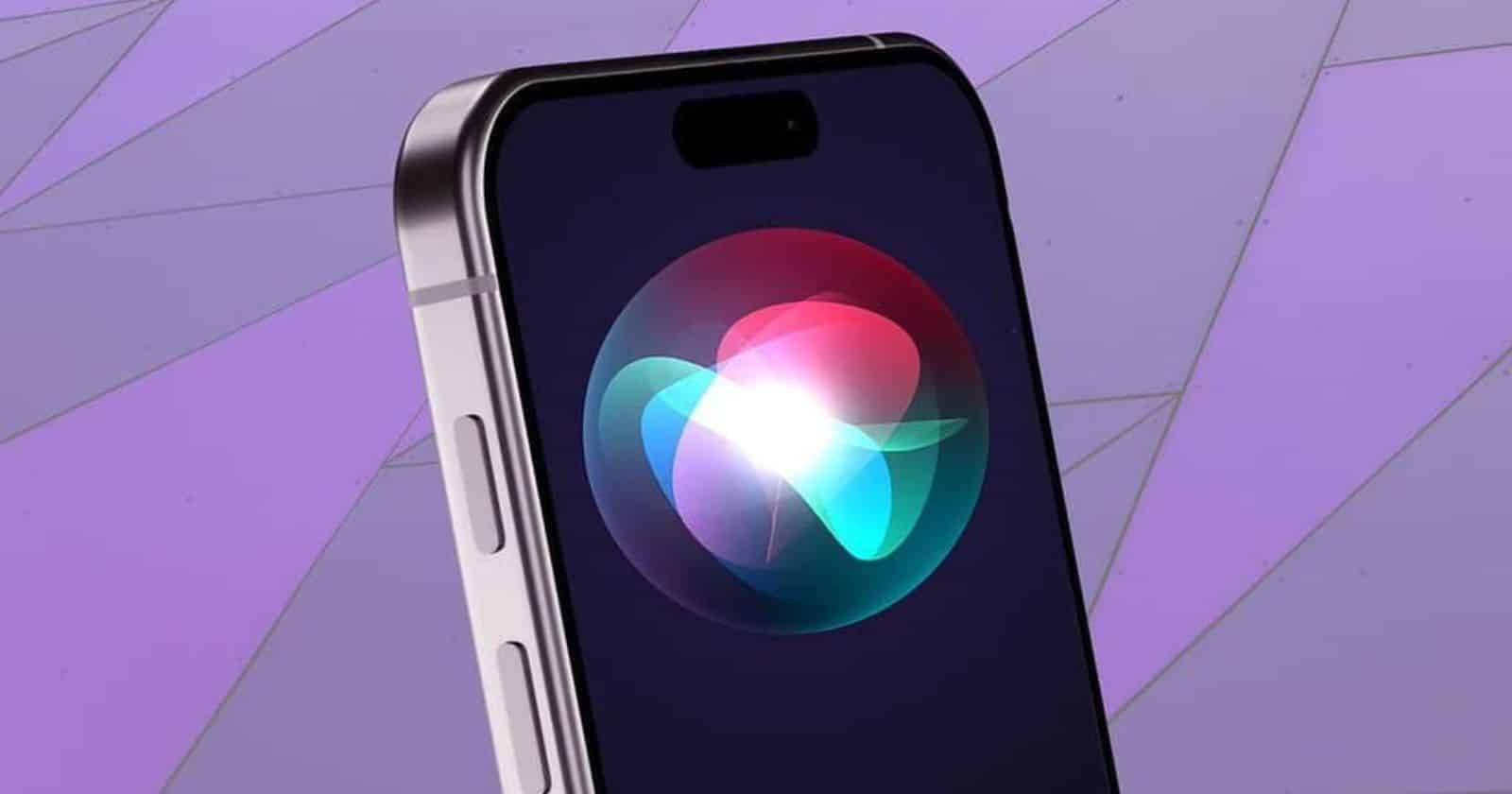Apple’s latest update, watchOS 26, introduces a suite of enhancements aimed at refining user experience on the Apple Watch. Among these, the introduction of ‘hints’ stands out as a significant advancement, designed to make the Smart Stack feature more intuitive and accessible.
Understanding the Smart Stack and Its Evolution
The Smart Stack, a feature that debuted in earlier versions of watchOS, allows users to access a stack of widgets by scrolling the Digital Crown while viewing the watch face. This functionality provides quick access to relevant information and app shortcuts, enhancing the watch’s utility.
In previous iterations, Apple enhanced the Smart Stack by incorporating Live Activity support, ensuring that the widgets displayed were timely and pertinent to the user’s current context. This improvement aimed to make the Smart Stack more dynamic and responsive to individual needs.
Addressing Discoverability with ‘Hints’
Despite these enhancements, a challenge remained: users needed to actively engage with the Smart Stack to benefit from its features. Recognizing this, Apple introduced ‘hints’ in watchOS 26 to proactively guide users toward utilizing the Smart Stack at opportune moments.
According to Apple’s official statement:
> “In watchOS 26, the Smart Stack improves its prediction algorithms by incorporating more contextual data, sensor data, and data from a user’s routine to provide Smart Stack hints, a proactive prompt for actionable suggestions that are immediately useful. Made of Liquid Glass, Smart Stack hints will appear on the display as a gentle visual prompt. For example, a hint for Backtrack may appear when a user is in a remote location with no connectivity, or a hint for a Pilates workout may show up when a user arrives at a studio location at their usual time.”
These ‘hints’ serve as subtle prompts on the watch face, encouraging users to access the Smart Stack when it is most relevant. By analyzing contextual and sensor data, the watch can suggest actions that align with the user’s habits and current situation.
Visual Integration and User Interaction
The integration of ‘hints’ is designed to be unobtrusive yet noticeable. Positioned at the bottom of the watch face, these prompts are crafted from Liquid Glass, ensuring they blend seamlessly with the watch’s aesthetic. When a user taps on a hint, the Smart Stack opens with the suggested widget highlighted, streamlining the process of accessing pertinent information or actions.
For instance, if a user arrives at their regular gym location, a hint might suggest starting a workout session. Similarly, if the watch detects that the user is in a remote area without connectivity, it might prompt the use of the Backtrack feature to help navigate back to a known location.
Potential Considerations and User Experience
While the introduction of ‘hints’ aims to enhance usability, it’s essential to consider how they interact with existing watch face elements. On watch faces that already display widgets at the bottom, there is a potential for visual clutter or overlap. However, initial user feedback suggests that these hints are implemented thoughtfully, minimizing any disruption to the watch face’s design.
The effectiveness of ‘hints’ will largely depend on their ability to provide timely and relevant suggestions without becoming intrusive. If they successfully guide users to utilize the Smart Stack’s features more frequently and effectively, they could significantly enhance the overall Apple Watch experience.
Conclusion
The addition of ‘hints’ in watchOS 26 represents a strategic move by Apple to make the Smart Stack more accessible and user-friendly. By proactively suggesting relevant actions based on contextual data, these hints aim to integrate the watch’s functionalities more seamlessly into users’ daily routines. As users become accustomed to these prompts, the Apple Watch is poised to become an even more intuitive and indispensable tool in everyday life.



